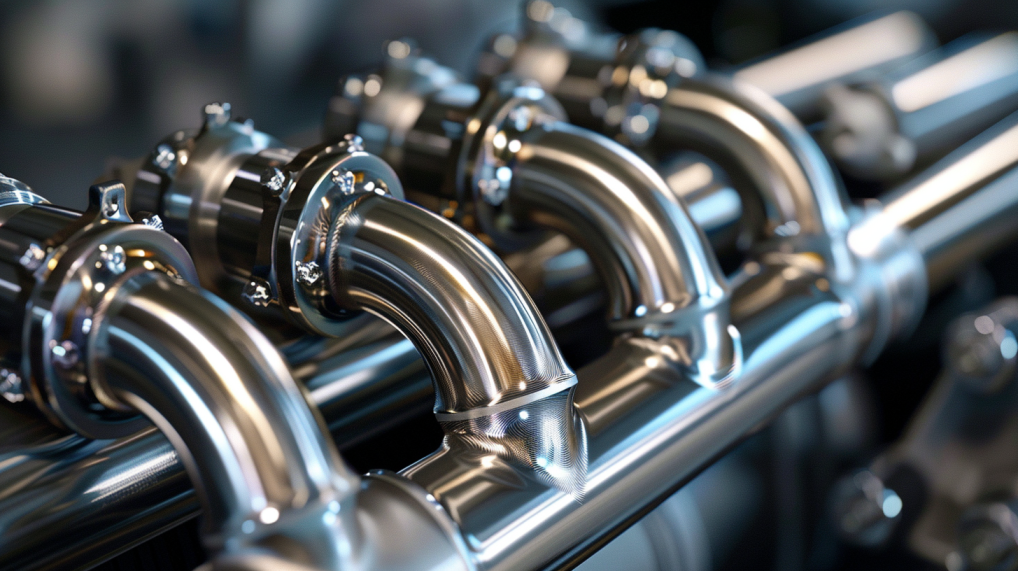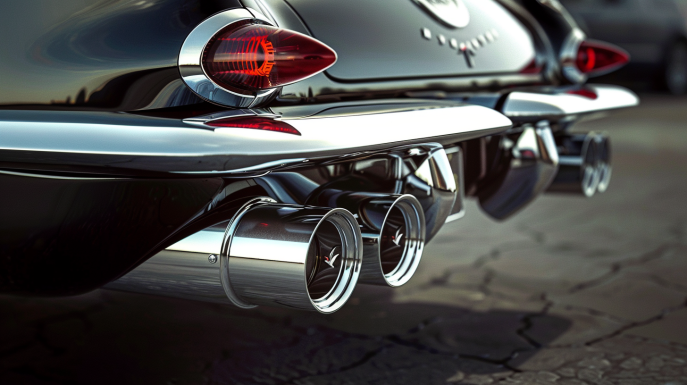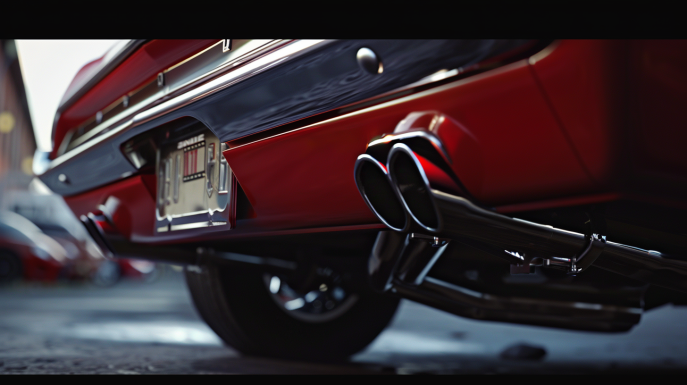As a car enthusiast, nothing gets me more excited than hearing the throaty rumble of a finely-tuned performance exhaust. There’s just something primal and satisfying about loud pipes announcing the presence of a powerful engine. Which is why I’m always on the lookout for mufflers that really let an engine breathe while still providing an aggressive tone.
After hearing great things in online forums, I decided to try out Flowmaster’s line of glasspack mufflers for my project car, a classic muscle machine I’ve been restoring in my spare time. In this post, I’ll share my experiences and impressions after installing and testing out these mufflers over the last few months.
Unpacking the Flowmaster Sound
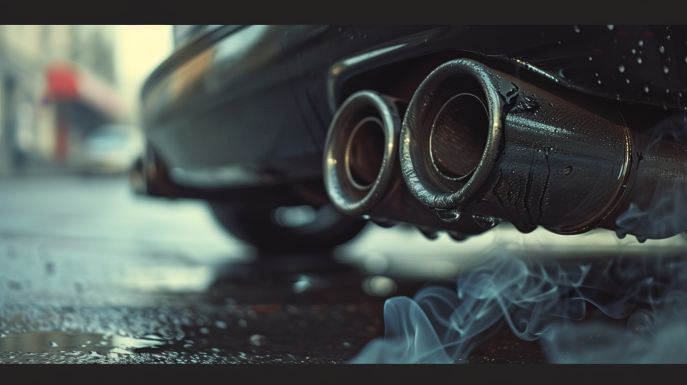
The first thing you need to understand about Flowmaster mufflers is that they are specifically designed for maximum acoustic performance. The company’s founder, Pat Ganahl, developed them in the 1980s to give street machines and race cars that iconic deep, rumbling glasspack sound that enthusiast drivers know and love.
Glasspack mufflers like the Flowmasters work by passing the exhaust gases through a chamber lined with fiberglass insulation. This straight-through, unobstructed path lets the sound waves resonate for an aggressive tone. At the same time, the fiberglass absorbs and muffles some of the high frequency sounds, mellowing out the raspiness you can get from some high-performance mufflers.
The large central chamber and minimal baffles of a Flowmaster glasspack also reduce backpressure compared to typical OEM mufflers. So you get more power to the wheels, especially in the mid-to-upper RPM range where you want to hear the engine really come alive.
Overall, the combination of stout exhaust note with minimal restrictions is what makes Flowmasters a go-to choice for any vehicle where sound and power are equally important. Bolt them on, and that sweet small or big block will truly sing.
Amping Up the Attitude With My Install
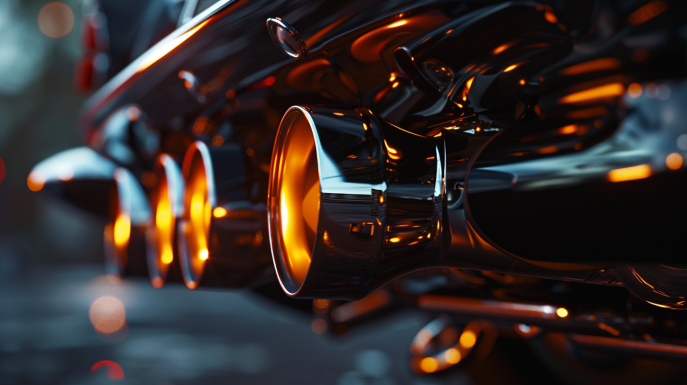
I’ll admit I was a little intimidated at first about tackling a muffler install in my home garage. But with the help of some DIY videos online and a Haynes manual, swapping the stock system for a pair of Flowmaster 40 series glasspacks turned out to be a fairly straightforward weekend project.
The first step was to lift up the car and remove the old OEM mufflers and mid pipe. After unbolting everything, I gave the existing exhaust pipes a good cleaning to remove dirt and grime before installing the new system.
Mounting the Flowmaster mufflers was easy thanks to their sturdy welded hangers that bolted right up to the stock location points underneath the car. I did need to make a few cuts and welds to the mid pipe to connect the larger inlet and outlet diameters of the glasspack mufflers.
After getting everything properly aligned and tightened down, the last step was to fire up the engine and check for any exhaust leaks. I was pleased to find the cabin remained leak-free, with just a bit more resonance from the rumbling Flowmasters out back.
Feel the Flowmaster Difference

That first drive after the install was a magical experience. Running through the RPM range, the tone progressed from a bassy burble at idle to a wide open, spine-tingling roar above 3500 rpm. Just a slight crack of the throttle had the glasspacks bellowing and popping.
Compared to the previous muffled, restrictive system, the engine seemed to breathe much easier with the Flowmasters. The exhaust note was deeper and more aggressive at any speed. And without excessive interior resonance, the cabin wasn’t unbearably loud for longer drives.
Throttle response also felt snappier, most likely due to the reduced backpressure. The engine seemed to spool up faster and pull stronger through the entire powerband. I expected some increase based on Flowmaster’s claims, but the seat-of-the-pants dyno confirmed the mufflers were making a noticeable difference.
After a few weeks of driving, I became totally addicted to hearing those iconic glasspack acoustics announcing my arrival everywhere I went. The Flowmasters gave the car exactly the street presence and visceral auditory feedback I was hoping for when I started the project.
Picking the Right Flowmaster Sound

With their quality construction and acoustic tuning, Flowmaster mufflers deliver an amazing bang for your buck. The main decision is which specific model provides the right volume and tone for your particular ride. Here’s a quick rundown of what I’ve learned about their core line:
40 Series – The original Flowmaster glasspack design, available in a variety of inlet/outlet sizes. Great all-around choice with deep tone that isn’t overpowering. My favorite option for a street cruiser looking for enhanced sound.
50 Series – Similar to 40 Series but with larger case diameters for higher interior volume. Provides an even deeper, more resonant sound at mid-range RPMs. Perfect for accentuating a big V8 or turbocharged engine.
80 Series – The largest, loudest glasspack muffler offered by Flowmaster. When you want to make a statement, the 80 packs an aggressive punch. Expect resonant low-end and a screaming top-end. Definitely not for the faint of heart!
Delta Force – A newer hybrid design with both glasspack and chambered sections. Provides a raspy, high-performance sound favored by import fans, especially for smaller displacement engines.
With so many options, you can really fine tune the Flowmaster sound. I’d suggest checking out sound clips on YouTube to get a feel for each model before deciding. You want just the right auditory attitude to match your engine and driving style.
Unleashing the Beast Within Your Ride

Here are a few other notes from my experience if you’re considering Flowmaster glasspacks for your own build:
- Installation is straightforward bolt-on for most applications, though some custom fabrication may be needed. Expect around 2-3 hours for DIYers.
- Level of sound increase depends on your current exhaust set-up, but plan on noticeably louder tone and volume.
- The glasspacks alone add up to 10-15% power gains based on my butt dyno, especially at higher RPMs.
- Fuel economy remained about the same as the stock system in my testing.
- No issues passing emissions tests in my area with the street-legal Flowmaster kits.
- Lifespan varies depending on use, but expect 1-3 years as a ballpark. Aggressive driving can shorten it.
- Prices range from about $50-150 per muffler, making them very affordable compared to other options.
If you’re craving the true glasspack experience, Flowmaster remains the gold standard after over 30 years in the business. With their iconic sound and easy installation, they’re a great choice for DIYers wanting more growl from their ride. Just be ready to constantly stop and chat as fellow enthusiasts ask about those sweet Flowmasters!
Welcome to the Loud Side

After experiencing the auditory bliss of glasspacks, I don’t think I can ever go back to a restrictive stock exhaust. My Flowmasters nailed exactly the right muscle car sound I was targeting for my build. And the performance boost from freeing up the engine to breathe and roar was just icing on the cake.
So if you drive something with an engine worth hearing, do yourself a favor and uncork it with a set of Flowmasters. Once you hear and feel that visceral depth and power amped through your ride, I guarantee you’ll get hooked. The right sound has a way of connecting man and machine that is difficult to describe but impossible to forget.
If you’re still on the fence, try to find someone local with Flowmasters on their car you can check out in person. Standing a few feet back as they rev it up always puts a devilish grin on my face. The sounds these mufflers coax out of an uncorked V8 or boosted inline-6 is automotive music at its absolute finest.
Trust me, you owe it to yourself and that beauty of an engine to let it sing. Click that purchase button and welcome yourself to the euphorically loud side! Your ride will thank you, even if your neighbors won’t.


